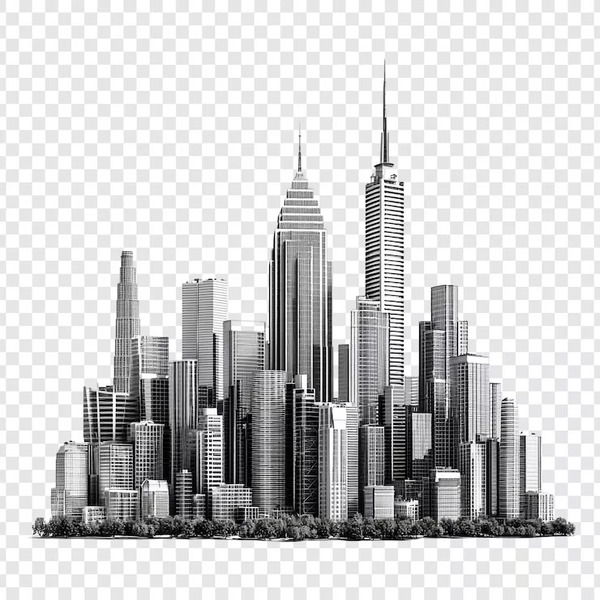Notifications
ALL BUSINESS
COMIDA
DIRECTORIES
ENTERTAINMENT
FINER THINGS
HEALTH
MARKETPLACE
MEMBER's ONLY
MONEY MATTER$
MOTIVATIONAL
NEWS & WEATHER
TECHNOLOGIA
TV NETWORKS
VIDEOS
VOTE USA 2026/2028
INVESTOR RELATIONS
DEV FOR 2025 / 2026
ALL BUSINESS
COMIDA
DIRECTORIES
ENTERTAINMENT
FINER THINGS
HEALTH
MARKETPLACE
MEMBER's ONLY
MONEY MATTER$
MOTIVATIONAL
NEWS & WEATHER
TECHNOLOGIA
TV NETWORKS
VIDEOS
VOTE USA 2026/2028
INVESTOR RELATIONS
DEV FOR 2025 / 2026
About Me
 Outlook Designheed
Outlook Designheed We at Outlook Designheed are honored to be an integral part of the esteemed HLK Group—a trailblazer in the construction and infrastructure landscape. Established in 1952 by the visionary Sri Hari Lal Kukreja in Punjab, the HLK legacy began with pioneering government projects. Over the decades, this HLK has evolved into a symbol of trust, quality, and innovation, with a reputation that extends across India and international markets.
Posted by - Outlook Designheed -
on - 16 hours ago -
Filed in - Business -
31 Views - 0 Comments - 0 Likes - 0 Reviews

India’s cities are at a crossroads. With urban populations projected to reach 600 million by 2030, the pressure on infrastructure, resources, and the environment is unprecedented. Rapid urbanization has brought prosperity and opportunity but also pollution, resource depletion, and public health crises. In response, sustainable architectural services are emerging as a transformative force, shaping the future of Indian cities to be greener, healthier, and more resilient.
Sustainable architecture goes far beyond energy-efficient buildings-it represents a holistic approach that integrates environmental, social, and economic factors into urban design. In India, this means creating spaces that minimize environmental impact, conserve resources, and foster community well-being. Key principles include:
Efficient use of energy and materials: Green buildings in India can save up to 20–30% of energy compared to conventional structures, significantly reducing operational costs and carbon emissions.
Integration of natural elements: Green roofs, rooftop gardens, and vertical greenery improve air quality, provide habitats for biodiversity, and help combat the urban heat island effect.
Water conservation and management: Rainwater harvesting, efficient plumbing, and stormwater management systems address water scarcity and reduce flooding risks.
Use of sustainable materials: Locally sourced, recycled, and renewable materials like bamboo, fly ash bricks, and recycled steel lower the environmental footprint of construction.
Do you need architectural engineering services in Inida to ensure structural accuracy and design efficiency? Contact the specialists at DesignHeed.
Sustainable architectural services are not just an environmental imperative-they offer substantial economic and social advantages. Buildings designed with sustainability in mind often command higher rental and resale values, attract premium tenants, and yield long-term savings through reduced energy and water consumption. For occupants, these spaces provide healthier indoor environments, enhanced comfort, and lower utility bills.
Moreover, the shift toward sustainable architecture is generating new employment opportunities for skilled architects, engineers, and construction workers trained in green technologies. This, in turn, supports local economies and drives innovation in building materials and construction methods.
India’s vision for future cities is built on the fusion of eco-friendly design with cutting-edge technology. Automated lighting, HVAC systems, and smart sensors optimize energy use and provide real-time data for efficient building management. Prefabricated and modular construction methods reduce waste and speed up project delivery, while 3D printing enables customized, resource-efficient components.
Renewable energy integration-solar panels, wind turbines, and energy storage-further reduces reliance on fossil fuels and supports India’s climate goals. As a result, cities are becoming more resilient to climate change and better equipped to handle the challenges of rapid urban growth.
Government policies and initiatives, such as the Smart Cities Mission, are driving the adoption of sustainable practices across India’s urban centers. These frameworks encourage architects to design buildings that meet stringent environmental standards, conserve water, and promote renewable energy use. Collaboration among architects, policymakers, and local communities is essential to ensure that sustainability goals are met while addressing the diverse needs of India’s urban population.
Searching for architectural modeling services in India to bring your concepts to life in 3D? DesignHeed is here to help you visualize success. Learn more https://www.designheed.com/
Sustainable architecture is not just about reducing environmental impact-it’s about building inclusive and equitable cities. This means designing affordable housing, accessible public spaces, and efficient public transport systems that cater to all citizens. By engaging with communities and incorporating their perspectives, architects can create urban environments that are fair, resilient, and supportive of social cohesion.
The emphasis on green spaces-parks, urban forests, and community gardens-enhances quality of life, mitigates pollution, and provides vital recreational areas for city dwellers. These features are becoming central to urban planning, transforming cities from concrete jungles into vibrant, living ecosystems.
While the benefits of sustainable architectural services are clear, challenges remain. Upfront costs, regulatory complexities, and the need for specialized skills can impede widespread adoption. However, as public awareness grows and the demand for green buildings increases, these barriers are gradually being overcome. India’s leadership in LEED-certified buildings and its commitment to international sustainability standards signal a promising future for green urban development.
The impact of sustainable architectural services on India’s future cities is profound and far-reaching. By reimagining urban spaces as interconnected ecosystems, architects are helping to create cities that not only minimize their environmental footprint but also enhance human health, economic prosperity, and social harmony. As India continues its journey toward urbanization, sustainable architecture will be at the heart of building cities that are not just smart and efficient, but also livable and resilient for generations to come.
Follow these links as well
https://www.designheed.com/architectural-computer-aided-drafting-cad/
https://www.designheed.com/architectural-bim/
https://www.designheed.com/3d-architectural-rendering/
https://www.designheed.com/3d-architectural-walkthrough/
https://www.designheed.com/3d-modeling/
https://www.designheed.com/point-cloud-modeling/
https://www.designheed.com/construction-documentation/
